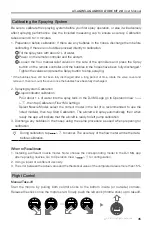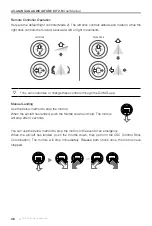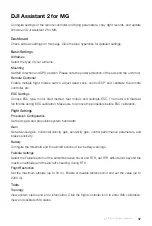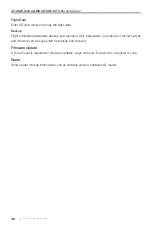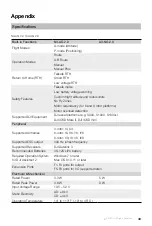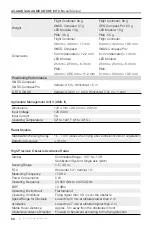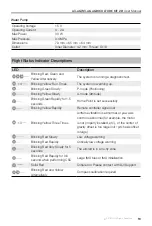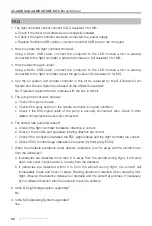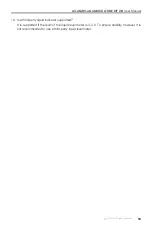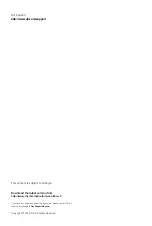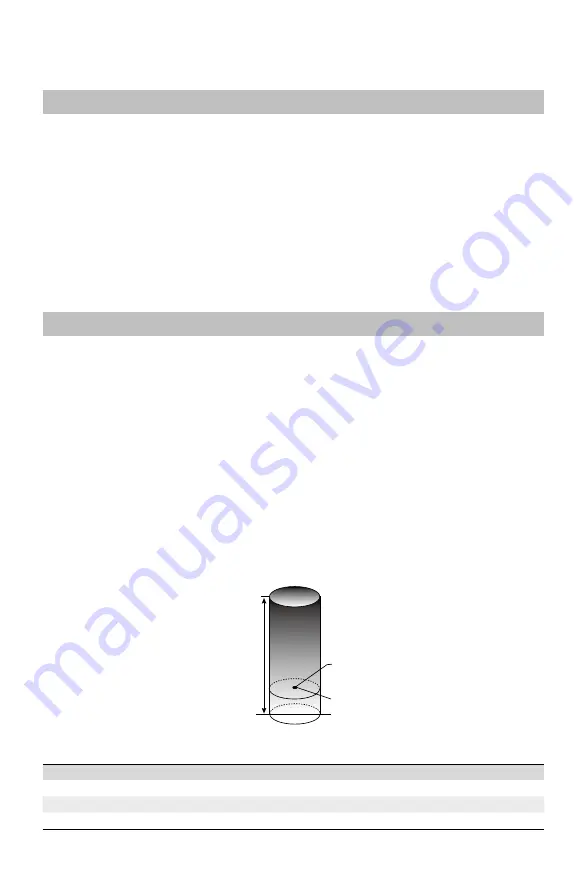
©
2019 DJI All Rights Reserved.
41
Flight
Operation Environment
1. DO NOT use the aircraft in adverse weather conditions, such as heavy rain, high winds, fog,
snow, lightning, tornadoes, or hurricanes.
2. Only fly in open areas. Tall buildings and steel structures may affect the accuracy of the
compass and the GNSS signal.
3. Maintain line of sight of the aircraft at all times, and avoid flying near obstacles, crowds, animals,
trees, and bodies of water.
4. Avoid flying in areas with high levels of electromagnetism, including mobile phone base stations
and radio transmission towers.
5. Ensure that there is a strong GNSS signal in the Smart or Manual Plus operation mode or F-mode.
6. DO NOT operate the aircraft indoors.
7. The
system
cannot operate in P-mode within the earth’s polar regions.
Flight Limits and No-Fly Zones
Users can set flight limits on height and distance.
Unmanned aerial vehicle (UAV) operators should abide by the regulations from self-regulatory
organizations such as the International Civil Aviation Organization, the Federal Aviation
Administration, and their local aviation authorities. For safety reasons, flight limits are enabled by
default to help users operate this aircraft safely and legally.
When operating in P or F-mode, the height and distance limits and no-fly zones work together to
monitor flight. In A-mode, only the height limit prevents the aircraft from going above 50 meters.
Maximum Height and Radius Limits
Users can change the maximum height and radius limits in DJI Assistant 2 for MG or the DJI
MG app. Once complete, your aircraft will fly in a restricted cylinder that is determined by these
settings. The tables below show the details of these limits.
Maximum Flight Altitude
Max Radius
Home Point
Height of aircraft
when turned on
P-mode (with strong GNSS signal)
Flight Limits
Max Height
Flight altitude must be below the preset height.
Max Radius
Flight distance must be within the max radius.



















